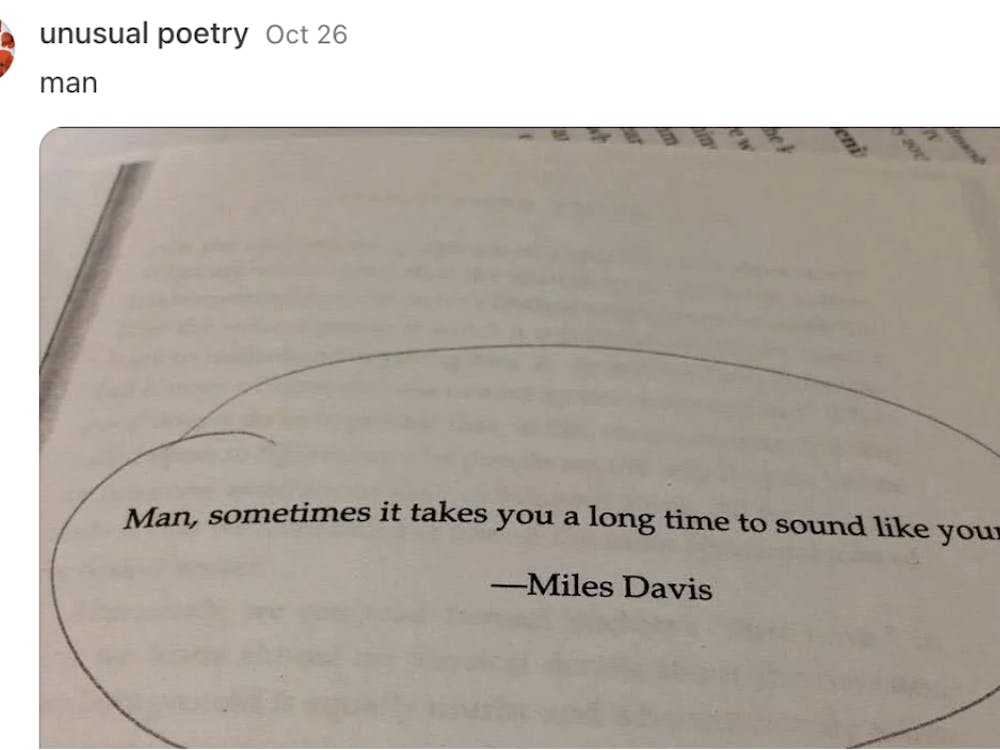If you’ve happened across the news in the past few weeks, chances are you’ve heard the word “sequester,” along with its description as “devastating,” “ruthless” and “draconian.” In 2011, President Obama and Congress agreed to enact a series of automatic budget cuts if Congress failed to cut $1.5 trillion from the federal budget over the next ten years. A bit less than half of the cuts target the discretionary side of the budget — funds which the federal government isn’t legally obligated to pay — while the rest target mainly non-defense discretionary spending, and a portion of Medicare.
Well, Congress didn’t do its job, and the first round of sequestration started March 1. Now President Obama is calling on the GOP in the House to agree on tax increases to avoid the painful economic downturns expected after the sequester.
Sounds great. The only snag is that the sequester is absolutely bogus. All I need to prove my point are the simple numbers provided to us by the Congressional Budget Office (CBO). President Obama and his allies claim that $85 billion will be cut from federal spending in 2013 alone. Right off the bat, this is a hazy statistic, as the CBO points out that a portion of the $85 billion would be used to “enter into contracts to buy goods or services to be provided and paid for next year or in subsequent years.” These funds wouldn’t be spent this year.
So what would be cut from this year’s expenditures? $42 billion. Still sounds pretty bad. But now let’s step back and look at the CBO’s spending prediction for 2013 without the sequester: $3.55 trillion. And what’s $42 billion out of $3.55 trillion? 1.16 percent. That is how much federal government expenditures would lower in 2013. Also keep in mind that 2013 expenditures saw a significant uptick from 2012, on the order of a $15 billion increase.
Now let’s step even further back. The sequester is a series of cuts taking place over the course of ten years, from 2012 to 2021. The total amount of deficit reduction over that time period is at least $1.2 trillion. So that’s only about a third of spending for 2013 alone, but for the ten year period, it’s a negligible value. Expected federal expenditures for the same time period are $45 trillion. And keep in mind these cuts are not really cuts at all; they are reductions in future spending. So don’t worry, your government is still a profligate spender — it’s just spending a little bit slower than it would like to. Add in the fact that most entitlements like Social Security, Medicaid and food stamps are exempt, and you’ve got yourself one ineffective deficit reduction program.
It is long past due for the federal government to get serious about reducing yearly deficits and deflating the national debt. After President Obama enacted his sweeping stimulus bill – the merits of which I will not contend here – the feds should have tightened their belts and gotten to the tough work of digging us out of the massive hole they had just dug. Instead, they insist that more spending is needed, and that this is not the time to withdraw government funds from the economy.
I do not suspect that by their reasoning there would ever be an appropriate time to do so. The debt we are racking up is not only economically foolish — lowering confidence in the federal government to pay its bills and increasing interests rates for all of us — it is also morally reprehensible. Those who steadfastly defend the status quo of the welfare state in which we live, particularly Social Security, are profiting off the backs of the younger generations, who not only need to struggle with sustaining themselves in a shaky economy, but also have to pay for the livelihoods of those who came from more prosperous times. Whenever seniors swoop down on anyone who proposes any meaningful reform to the current system, they are burdening future Americans with the costs.
I have heard political commentators on the right speak of a coming doomsday, when the credit of the U.S. government suddenly means nothing, the dollar collapses and the economy tumbles. This is hyperbole. A far more likely scenario is the one that is currently playing out — the debt steadily climbs, the faith of investors gradually wanes and the republic engages in a slow decline. Standard & Poor’s credit downgrade of the federal government in late 2011 only surprised me in that it took so long for rating agencies to realize that in Washington’s current state, this government will never pay its bills. It is quite clear that President Obama and the Democrats on the Hill have no interest in solving our debt crisis.
It is up to the new Republicans — not the ossified old guard which is more than comfortable with big government — to do the honorable thing and get this country off the drug of unsustainable spending. But it is also up to us, the people, to come to grips with reality. We must change our habit of government dependency, because only then will legislators realize it is politically acceptable to be responsible with spending.
Alex Dragone is a freshman History major from Woodcliff Lake, N.J. He is a columnist for The News-Letter.




